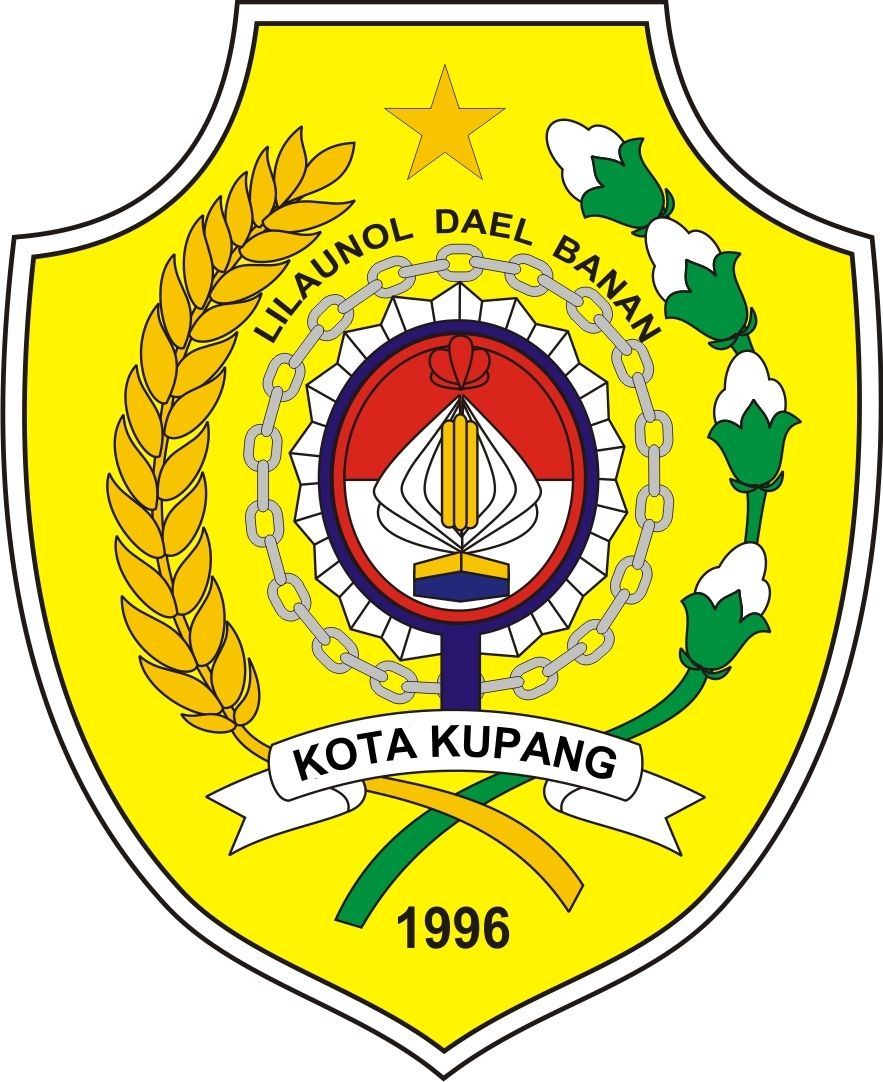Koepang
| Kupang | ||
|---|---|---|
| City | ||

Kupang lighthouse and Sail Indonesia anchorage
|
||
|
||
| Motto: Kupang Kota KASIH | ||
 Location of Kupang in East Nusa Tenggara |
||
| Location of Kupang on the island of Timor | ||
| Coordinates: 10°11′S 123°35′E / 10.183°S 123.583°ECoordinates: 10°11′S 123°35′E / 10.183°S 123.583°E | ||
| Country | Indonesia | |
| Province | East Nusa Tenggara | |
| Founded | 1886 | |
| Government | ||
| • Mayor | Jonas Salean | |
| Area | ||
| • Total | 180.27 km2 (69.60 sq mi) | |
| Elevation | 62 m (203 ft) | |
| Population (2011) | ||
| • Total | 349,344 | |
| • Density | 1,900/km2 (5,000/sq mi) | |
| Time zone | WITA (UTC+8) | |
| Area code(s) | +62 380 | |
| Vehicle registration | DH | |
| Website | kupangkota |
|
Kupang (Indonesian: Kota Kupang, Indonesian pronunciation: [ˈkupaŋ] ; Dutch spelling: Koepang) is the capital of the Indonesian province of East Nusa Tenggara, and has an estimated population in 2011 of 349,344. It is the biggest city and port on the island of Timor.
Kupang was an important port and trading point during the Portuguese and Dutch colonial eras. There are ruins and remnant signs of the colonial presence in the city.
Representatives of the Dutch East India Company (VOC) approached Kupang in 1613 after having conquered the Portuguese fort on Solor. At this time the place and its hinterland was governed by a raja of the Helong tribe which claimed descent from Ceram in Maluku. Kupang was well situated for strategic control over parts of Timor, since it was possible to monitor shipping activities to the south coast of the island. Moreover, the Koinino River provided fresh water for the inhabitants. A VOC-Helong agreement was made, but due to the lack of VOC commitment on Timor, Kupang was later influenced by the Portuguese mestizo population of Flores, the Topasses. A Portuguese stronghold was established by the 1640s. However, the VOC was firmly established on Solor in 1646, and renewed contacts with the local raja. In January 1653 a Dutch fortification, Fort Concordia, was built on a height to the left of the river estuary. Kupang became the base of the Dutch struggle against the Portuguese. After a series of Dutch defeats in 1655, 1656 and 1657, large refugee groups from the VOC allies Sonbai and Amabi settled in the vicinity of Kupang in 1658 and formed small kingdoms on land that traditionally belonged to the Helong. They were followed by two other groups, Amfoan (1683) and Taebenu (1688). The Helong raja remained the "lord of the land" (tuan tanah) but was closely dependent on the VOC authorities. Apart from the old Helong territory, Timor was largely dominated by the Portuguese up to 1749.
...
Wikipedia


